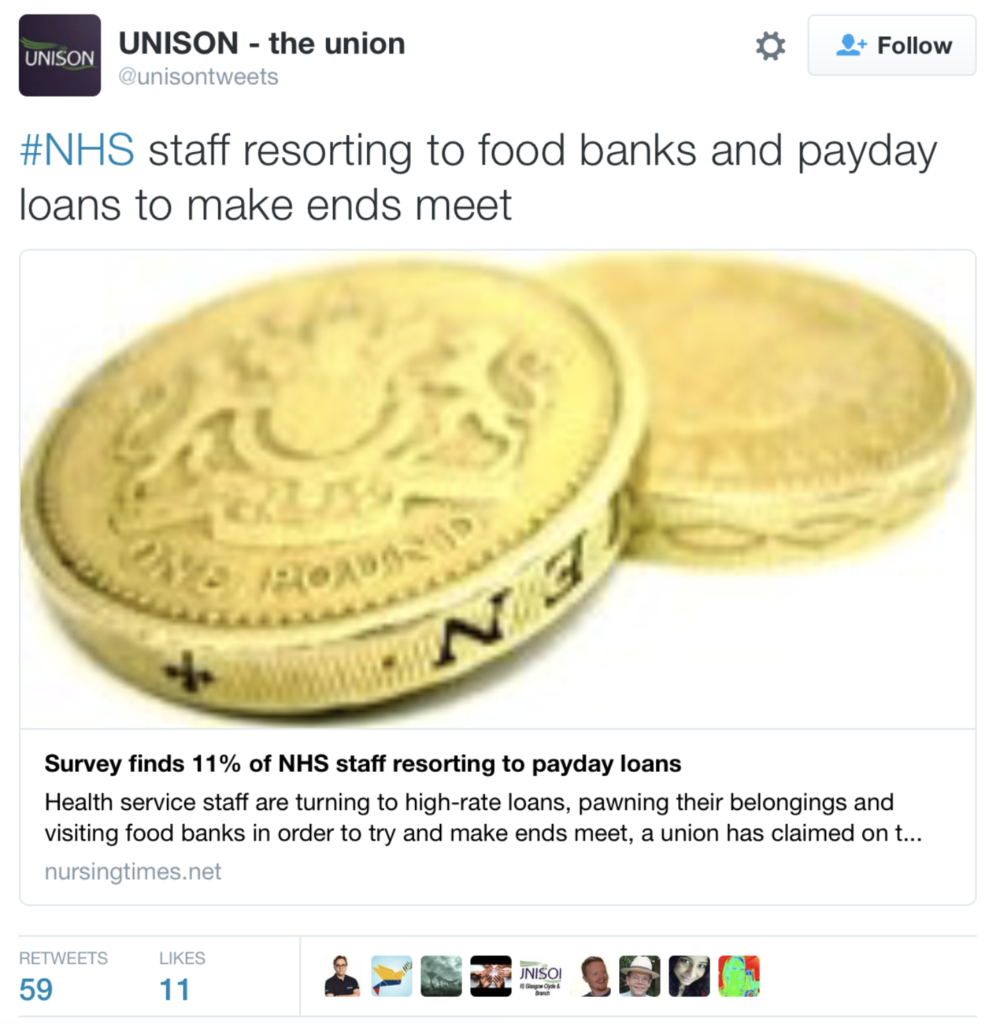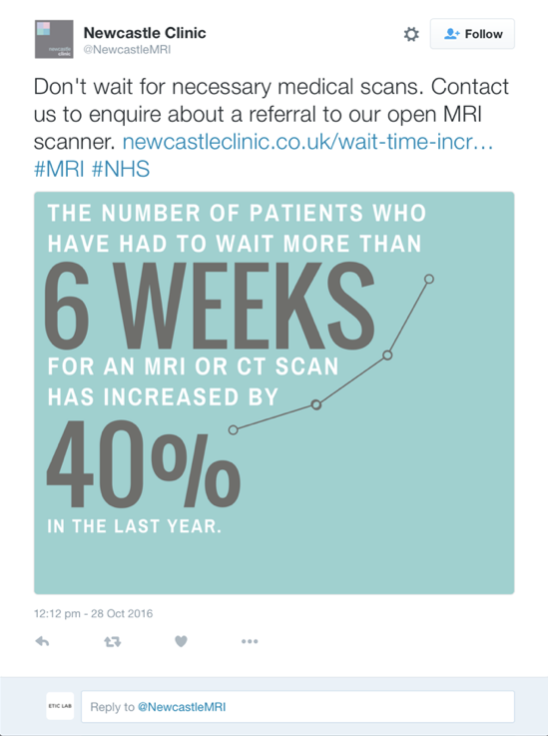This was a strategy document prepared during Autumn 2016 for our colleagues in Momentum and the Labour Party. It was a theoretical underpinning of what we believed could be implemented to drive online community forming in- and out- side of the party.
We have tried here to give a practical example of what we can achieve using the technology and applying the methods we have designed and tested in recent months. We are proposing not just an additional technology but an entire methodology for driving issue based social engagement. Our goal is to be as inclusive as possible when recruiting people. Design systems so that people who are interested are aware of the issues and can discover how to contribute in a variety of ways and levels. Creating as much variety in these options for action that the greatest number of people might chose to take part. It is by this method that we hope to create collective momentum for change. A very important aspect of this approach is that it is based upon the science of communication and the psychology of self-efficacy. We have explicitly made use of what is known and understood about digital campaigning and the psychology of personal effectiveness to design this process.
Campaigning and the NHS
Below are screenshots of material taken from a few minutes of the Twitter feed #NHS, it reflects the stream of information and commentary that is associated with the NHS. There is of course, a tidal wave of more such material, on Twitter, Facebook, Snapchat and etc.. Incidentally, note that Jeremy Hunt is keen to exploit new social media approaches – item 3. This material once published and seen by those who follow the correct #tag is done with, but we propose that it becomes part of your method for speaking and listening to thousands of people and organisations. We can build up a list of people and organisations concerned with the NHS by monitoring this and other relevant hashtags – both the followers and the subjects and the sources of the tweets can be catalogued. This means we can monitor what is happening, how interesting it is and to whom. That is data of a timeliness and quality that must be relevant to your ambitions.

Furthermore we can use this material to inform people and to ask them to participate in numerous ways. By monitoring topics and issues and reacting to them in order to engage and involve the public, we can try to move them from observer to activist. We can ask people for example, to find out if a maternity clinic nearby needs improvement and we can ask them to share the results of their enquiries. Similarly with MRI scans we can ask them to ask friends or neighbours, the NHS, their GP about the local situation and to share their findings. This can be done very quickly and on a huge scale using Facebook and Twitter both to call for action(s) and to monitor and even record those actions. Creating this kind of activity and asking people to share it will, in and of itself become part of a dynamic that is extremely powerful in digital communications.
Here we have made use of the recent research on the spread of ideas. The diffusion of innovation on-line obeys a number of simple rules as to why and when people might choose to change their behaviour:-
- Contagion: People adopt when they come in contact with others who have already adopted; that is, innovations spread much like epidemics.
- Social influence. People adopt when enough other people in the group have adopted; that is, innovations spread by a conformity motive.
- Social learning. People adopt once they see enough empirical evidence to convince them that the innovation is worth adopting, where the evidence is generated by the outcomes among prior adopters. Individuals may adopt at different times due to differences in their prior beliefs, amount of information gathered, and idiosyncratic costs.
We can create communications that follow these rules in order to spread ideas and actions within and between individuals and groups.

This is an advertisement for a Private Clinic using shortages as an argument for more…
We can create a dynamic and very comprehensive list not just of the various agents – individuals, businesses, groups, charities etc but find out how active they are and how many people follow them and who those followers are. Then we can start to do a number of really interesting things like finding out if members of the party are already members of these agencies or groups, or should consider joining. In this way we can magnify the effect of a campaign by being able to make connections that perhaps other agencies cannot. We can set out to magnify the of all these actions by applying our Incasting approach, which is to say introduce people and organisations to one another in order to create or bolster communities of interest and help create communities of action. In particular this will help create the perceived density of people who care about the same things and this will in all likelihood increase activity levels across the board – see the rules above. So for example If we introduce someone who has taken action to someone who is unsure that they can make a difference, then to the extent that they judge themselves to be similar we will see growth in activity. Or we can simply introduce two people or organisations because they are close to one another and share an interest. This approach can be applied in many different ways by using messaging and social media.

The next step with in-casting is to create instant polls, funding calls, calls for collective action and requests for feedback from any and all that have skin in the game. We use all of this activity to feedback into the dialogue and drive it. We use the technology to increase the number and diversity of actors, the scale of their actions and the visibility of their achievements in a systematic way.
But these actions are by no means all that can be done. Our system is capable of using twitter and Facebook data on organisations to locate websites and catalogue them systematically. Wherever possible if a group, agency or organisation has a web site associated with them we can find it. Creating a very powerful database of organisations with associated contact details. This resource can be used in a number of ways to sustain and enlarge a campaign. We can for example, provide an on-line directory of active entities. Put them in touch with one another, put your members in touch with them and even visit their sites and feeds automatically in order to create an index of change and growth, provide a content feed and a hub of interest. We are working on a tool to ‘harvest’ such information and automatically create a ‘blog’ summarising activity on sites and feeds that are deemed to be relevant and interesting. Beginning the process of creating a source of news that is independent of conventional media; more responsive and comprehensive than outputs such as newspapers could every be.
Perhaps our most interesting recent development has been the adoption of the White House Twitter ChatBot. It is now technically feasible to create a system that can answer common questions such as “Who do I contact to talk to someone about the labour party” or “What is the NEC” or “who is my MP”. The sky is the limit for this technology, it would be very good for dealing with a lot of internal communication issues but it would be a world first if it could be deployed as an encyclopaedia of a campaign to improve the NHS for example.


